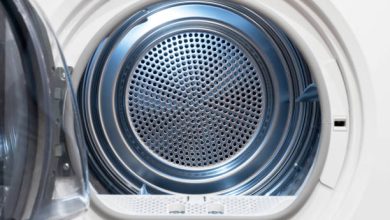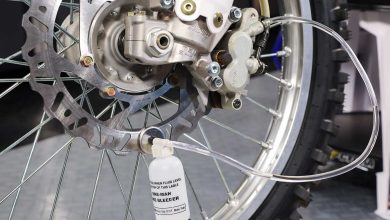3 Things You Need To Know About Conveyors

Conveyor systems transport goods, products, supplies, components, and equipment for manufacturing, shipment, or relocation. Conveyors are classified as pneumatic, screw, belt, or roller. Individual systems are built based on moving materials, weight, size, and transportability.
Conveyors are vital for material handling and production, but they are also utilized in other manufacturing applications such as sintering, part and assembly finishing, and part washing.
Conveyor System Requirements
Space: –
To establish system design, conveyor system manufacturers assess the available area. This stage entails finding any contact points, clearances, impediments, or other regions that might restrict material passage.
Speed: –
The speed of a conveying system is expressed in feet per minute (fpm). The typical rate of most conveyance systems is 65 feet per minute, the pace at which humans move when carrying a 50-pound cargo. Though this is the average, the speed may be adjusted to suit the application.
Powder or Liquid Material Handling: –
Conveying systems that handle solid bulky things have different specifications than those that operate powdered materials.
Dust buildup during the movement of powdered, granular, and chip materials should be addressed in system design and may demand some filtration. As with other conveying methods, a thorough analysis of the material’s properties is necessary.
Configuration: –
Different sizes, shapes, and configurations of conveying systems are available. In addition to pockets, slats, and z-frames, they may be straight, inclined, horizontal, or curved. Every system is built to serve a specific purpose, so discussing the numerous configurations would be difficult. A conveying system can be implemented with relatively few limitations, regardless of the application.
Benefits Of Using A Conveyor System
● Elevated conveyors can securely carry products from one level to another.
● It can be placed in most scenarios while adding value and increasing worker safety through automation, fail safes, and safeguards.
● Conveyors can move large numbers of things of varied forms, sizes, and weights.
● Have improved safety measures to avoid accidents and injuries while enhancing system throughput.
● There are several ways to run conveying systems, including hydraulic, mechanical, and completely automated systems that are prepared to meet particular demands.
How a Conveyor System Works
Belt: –
Belt conveyors employ a system of motorized pulleys with a thick, robust belt looped over the pulleys. The strap is drawn between the pulleys when the motor is turned on.
Support System: –
The belt may move thanks to the support mechanism freely. It is specially constructed to keep the moving material in place without drooping. The weight capacity of the frame is calculated during the design process, and the structure is built to satisfy the operation’s demands.
Pulleys: –
To regulate movement, conveyor belt systems contain at least two pulleys, a driving pulley, and a tailor return pulley. Idler or fake pulleys are located between them and are moved by the belt. In the diagram, idler pulleys serve various purposes, including adjusting the belt’s tension.
Belt Cleaner: -A belt cleaner’s purpose is to remove any carryback that may linger on the belt after the load has been unloaded from the belt. Carryback is widespread in all belt systems and is a primary source of belt faults.
Drive: –
The belt drive can be situated in various locations across the conveying system. The drive for most belt conveyors is positioned at the discharge or head of the belt. Depending on the design, other spots might be anywhere along the belt. In most cases, AC motors power the pulley that moves the belt.





